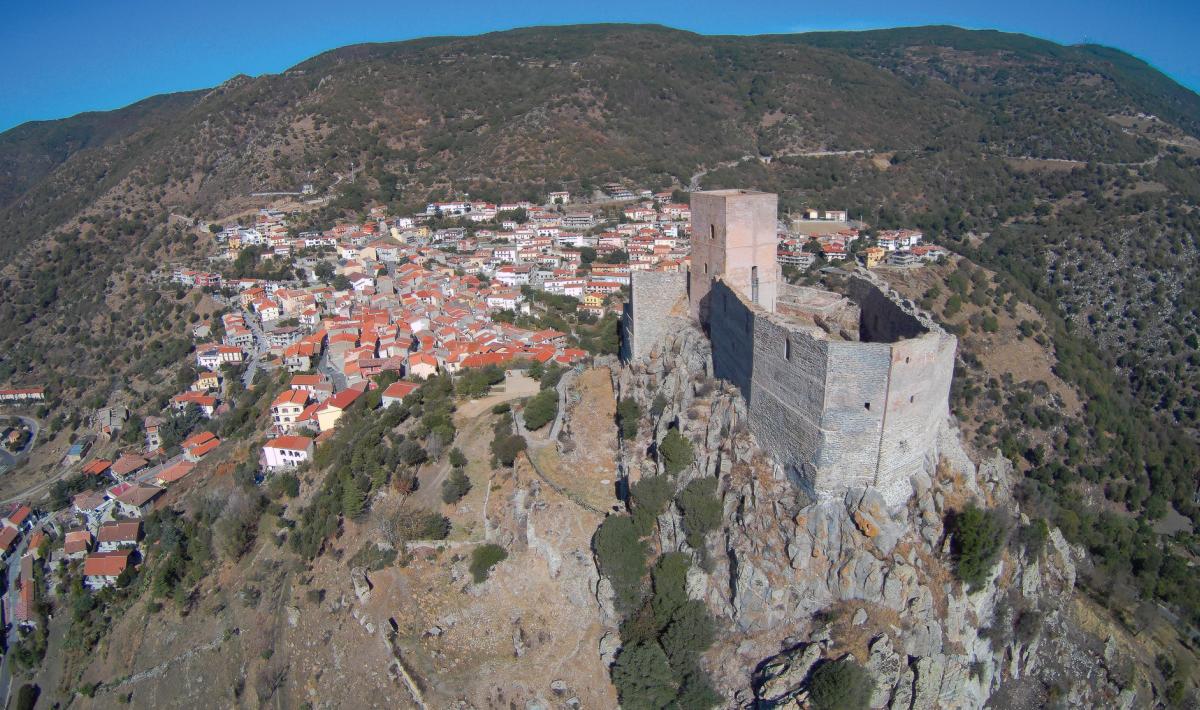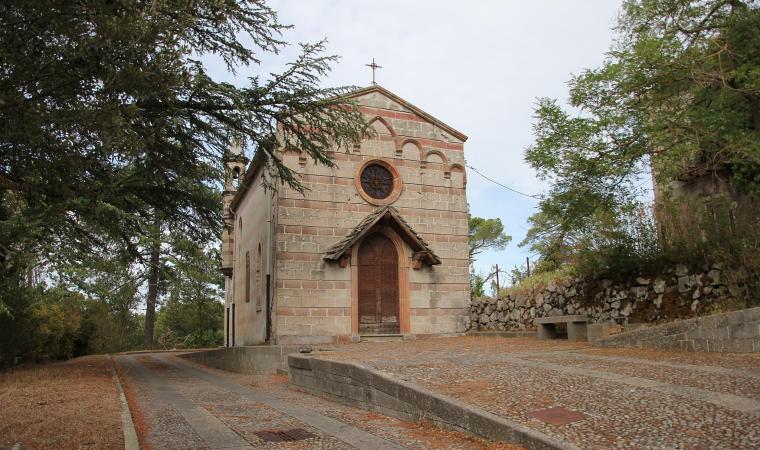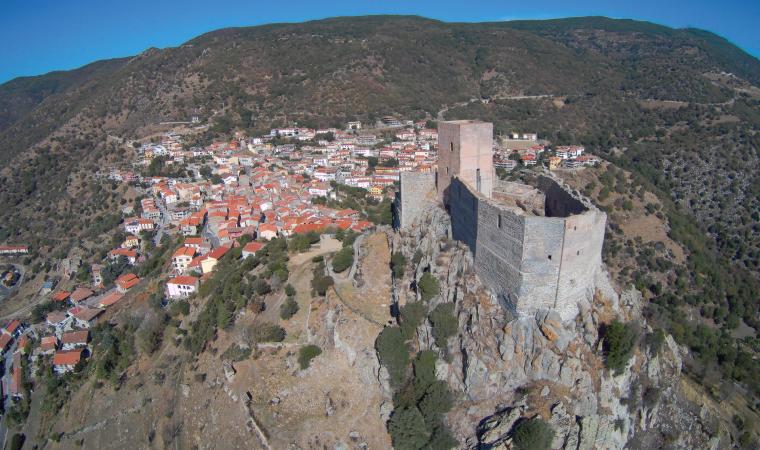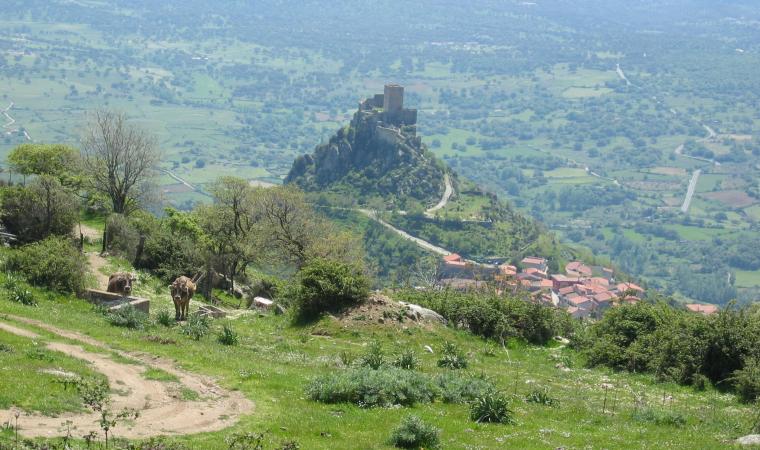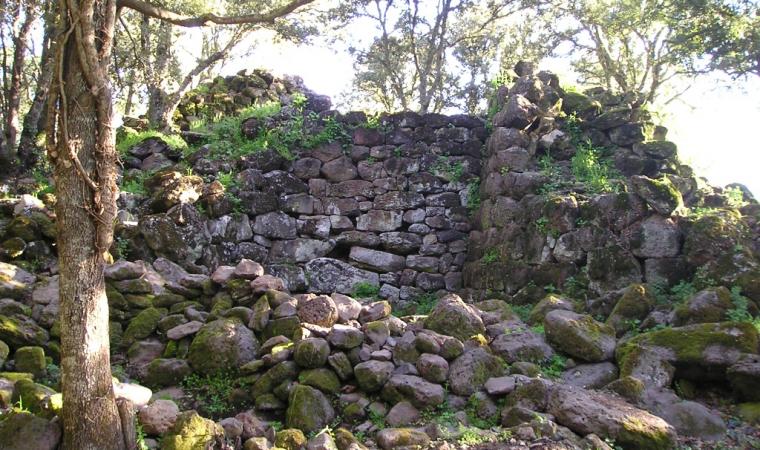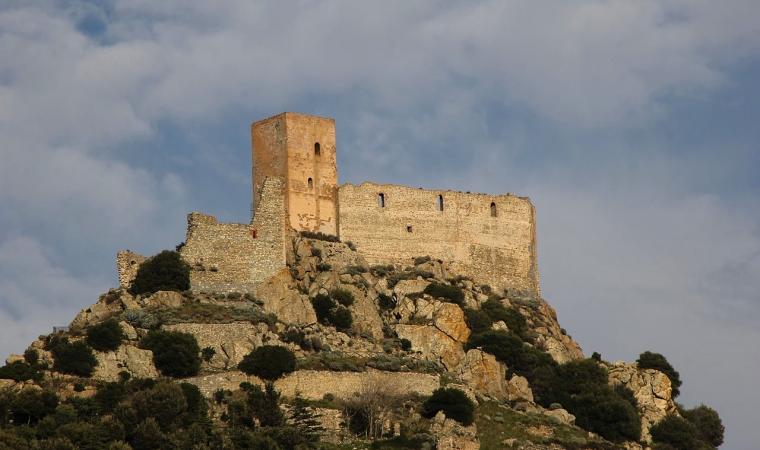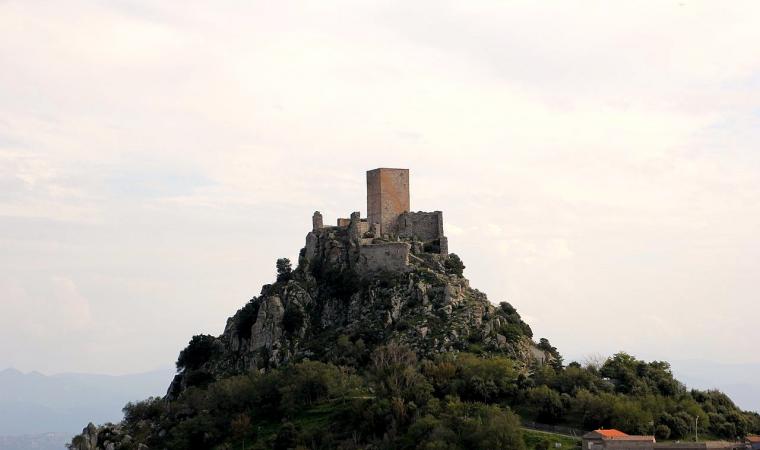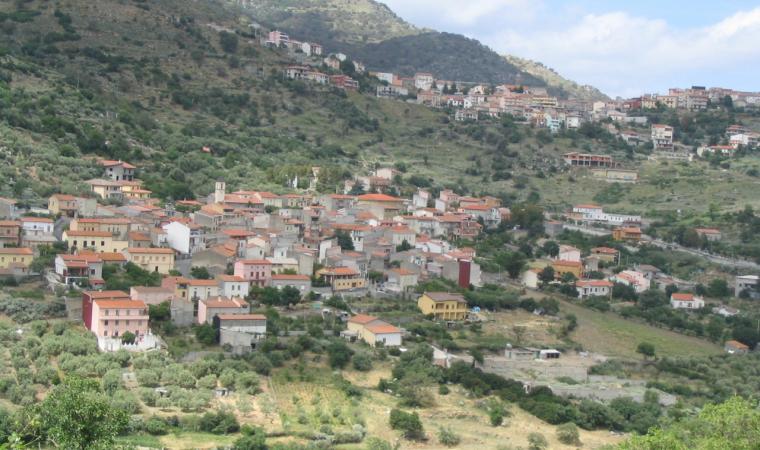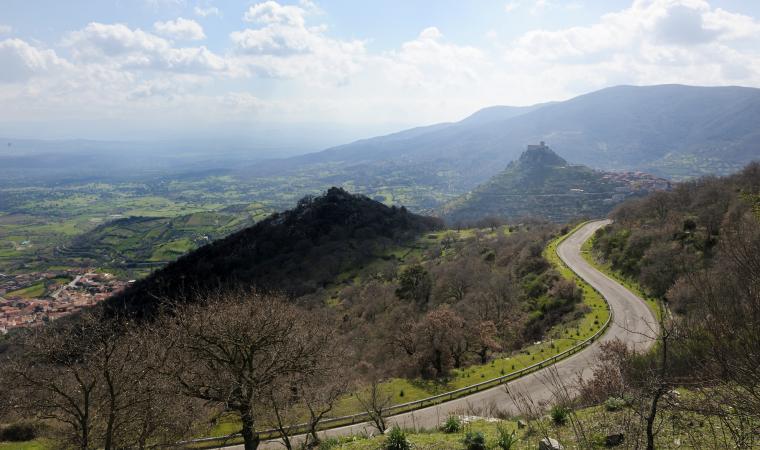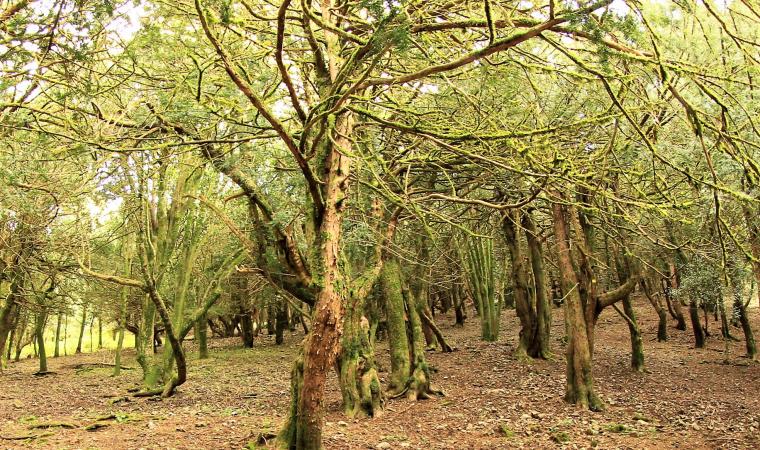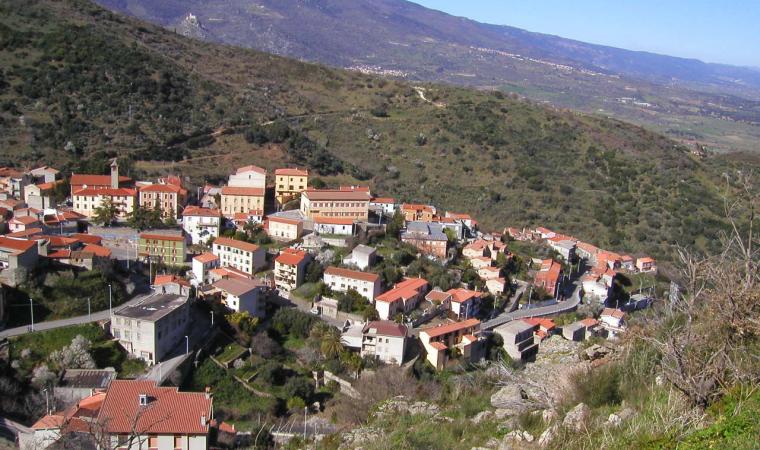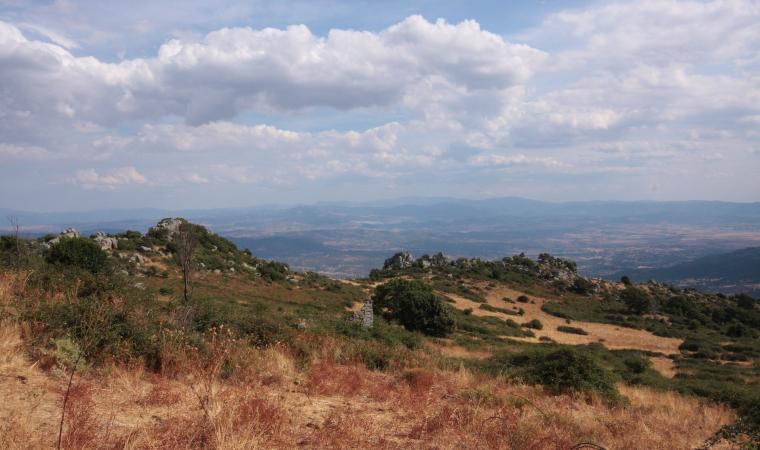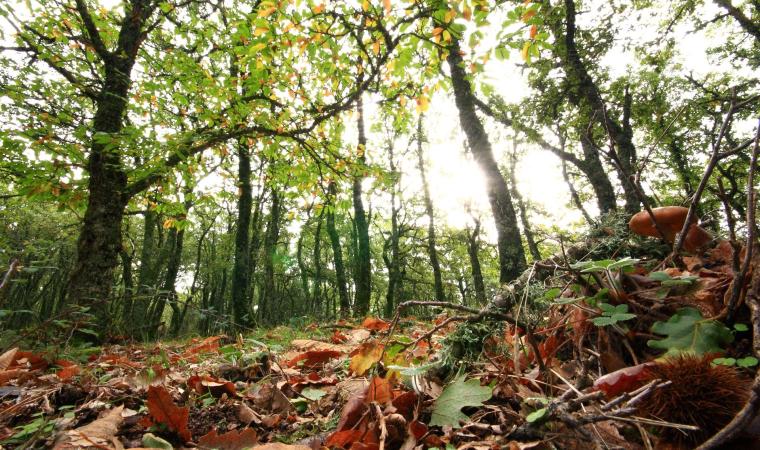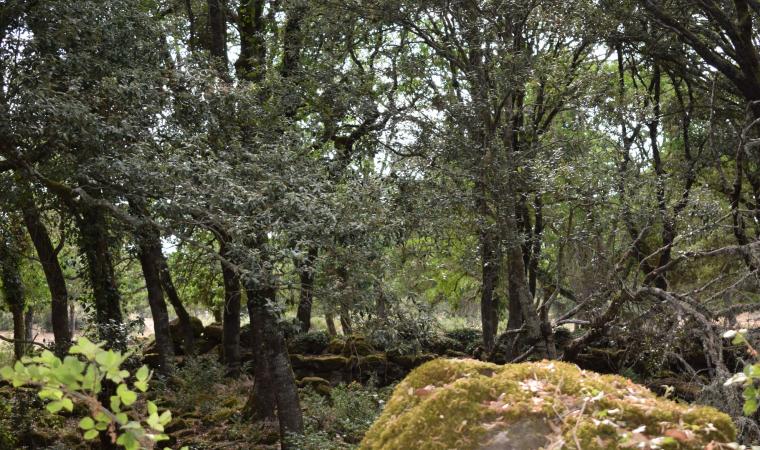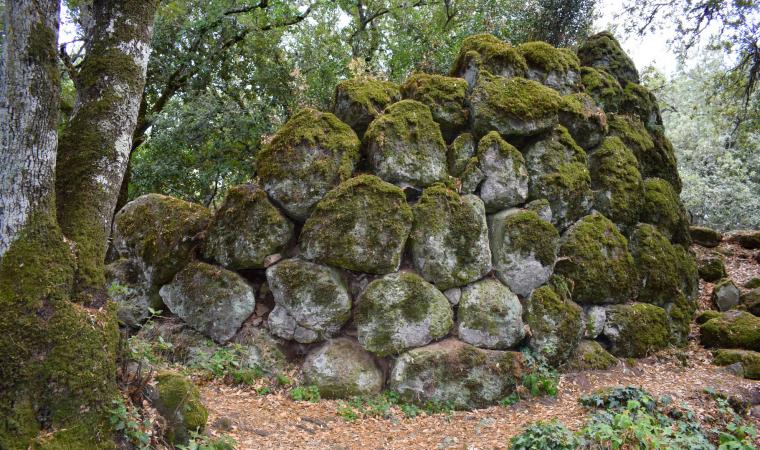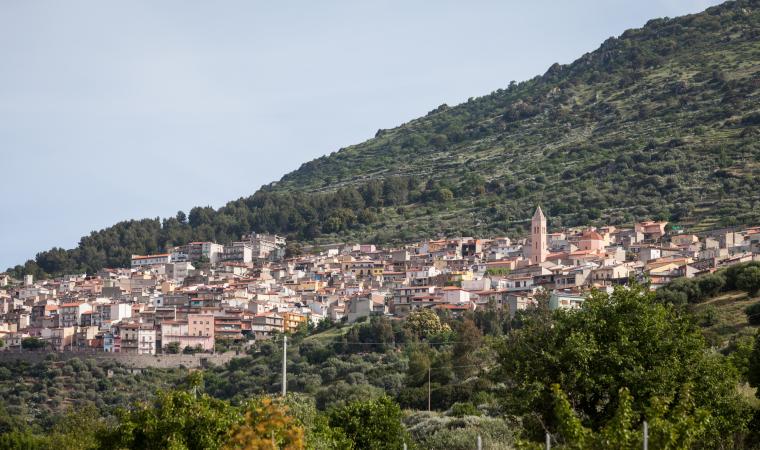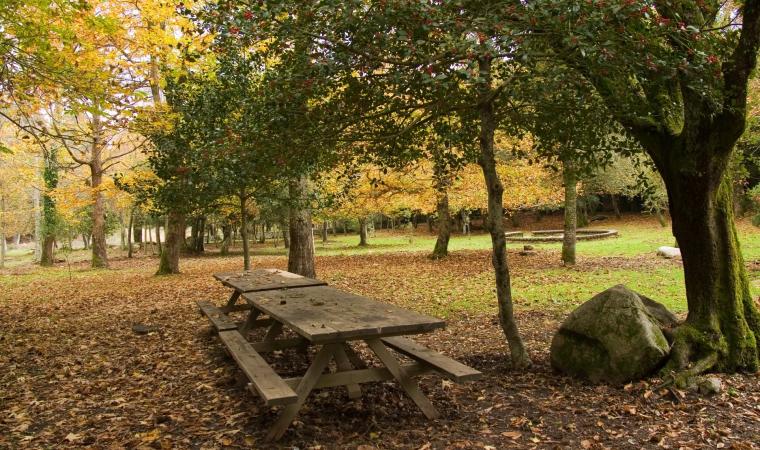Founded in 1337 at the foot of a Medieval castle built two centuries earlier, on the initiative of Giudice Marianus IV of Arborea, who sent 24 families there, possibly from Villanove Monteleone, to set up a colony. Burgos sits at an elevation of 600 metres, in the centre of the Goceano historical territory, and has less than one thousand residents. The town, which is situated on a steep slope, is divided into two sections: a more recent section and a typically Medieval one, perched in close proximity to the fortress, with narrow streets and houses with sloped roofs. Local traditions of note include tiliccas, cozzulas and copulettas, sweets prepared for the Fires of Sant’Antonio Abate Festival in mid-January. The town is surrounded by an enchanting landscape added to by the forests of Badde Salighes and Burgos (extending into part of Bono’s territory). The area is populated by donkeys, both Sardinian and Asinara, Sardinian Anglo-Arabic horses and Sardinian ponies, called Giarab, a cross between the Giara horse and Arabian stallions.
The forest is the setting off point for striking hikes. One of these terminates in a tree-shaded alley leading to the neo-medieval Church of San Salvatore. Its façade, in rows of two-toned ashlars typical of the Sardinian Romanesque tradition, is decorated with Gothic arches over the gates and a rose window. Other trails will lead on a discovery of the archaeological heritage of an area populated since the Neolithic, as seen from the Domus de Janas of s’Unighedda. The forest also conceals the majestic Sa Reggia, also called the Costa nuraghe, a Bronze age site of great importance. It contains a nuraghe, a fortified tower (14 metres in diameter), a four-towered bastion, a village and an impressive three-metre high bulwark, a defensive structure with 60 metres of the ramparts intact.
The symbolic monument of Burgos is the fortress at the feet of which the Castle of Goceano (or of Burgos) was constructed. The castle was built by Giudice Gonario I de Lacon-Gunale in 1134 on a granite cliff (650 metres high) to keep an eye on the borders of the Giudicato of Torres. It is isolated and inaccessible, with access impossible to the north and east, and difficult to the west and south. The remains of a typical defensive wall that surrounded the fortress can still be seen. In the centre of the courtyard stands a massive, square, brick tower 15 metres high, with an interior lined with granite slabs, and a large water tank for collecting water. A visit to the fortress is made even more fascinating by the aura of history and legend surrounding it: it is said that it is haunted by the ghost of Adelasia, the sister of Barisone III of Torres, who died here in 1259 after a long voluntary exile following the capture of her husband, Enzo of Hohenstaufen, son of Emperor Frederick II and king of Sardinia. Later, at the end of the 13th century, the castle passed first to the Republic of Genova and then to the Doria family. In mid-14th century, it was acquired by the Giudici of Arborea. Finally, it passed to the Aragons, who left the fortress at the mercy of time. In 1516, the castle was said to still be in good condition, but then declined. In the centre of town, stands a late 19th century villa that houses the Museum of the Castles of Sardinia, where the existence of about one hundred castles and coastal towers is recorded in exhibits, themed maps and multimedia rooms.

